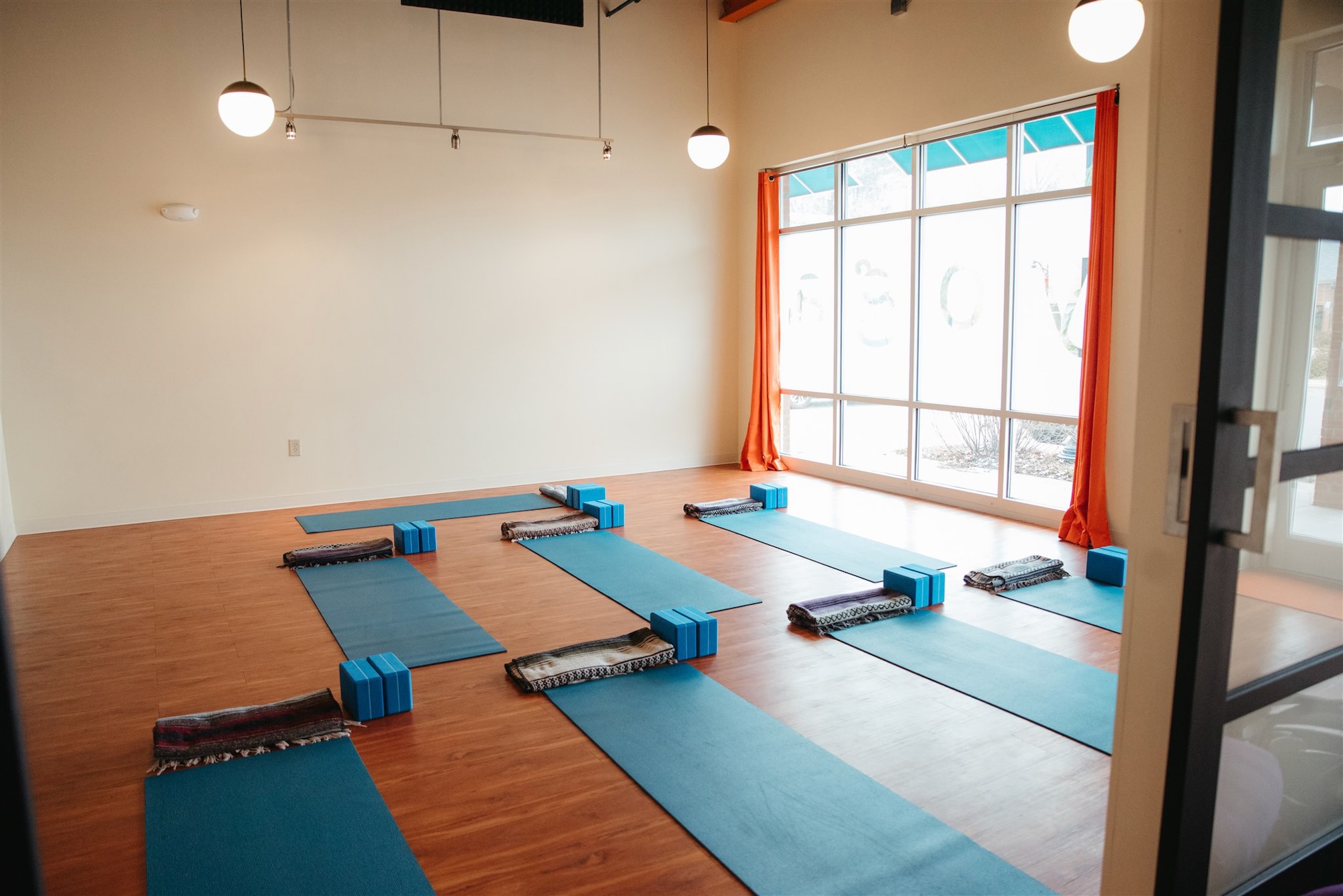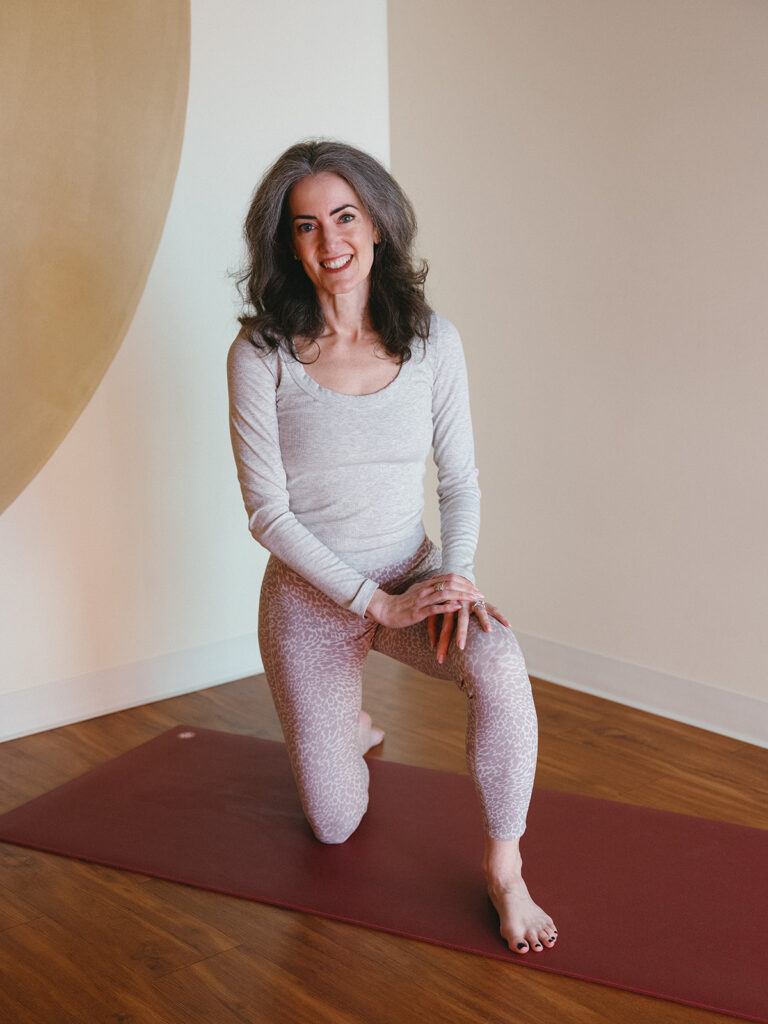Just as it does in a dinner party or a restaurant, lighting plays an important role in setting a mood and making your guests comfortable in yoga and movement classes. While we all have personal preferences, here are some general guidelines for creating the best lighting for class.
If your studio space has natural light, such as sun shining through a window, do not set up directly in front of it or you will be backlit, which means your students will have the sun shining in their eyes. Instead, orient the room so you are well lit and the students won’t have to squint to watch you demonstrate.
It’s nice to teach in a space where the lights are on dimmers. You can adjust as needed to suit the time of day and mood of the section you’re teaching. Turn the lights up gently at the end of class—don’t slam them on all at once. If your lights are not dimmable, be aware of when the students need light to see and when the light is an annoyance pulling them out of inner experience. I’ve handled this issue when traveling to teach by keeping the overhead lights on for the first half of the mat sequence, then turning them off—and sometimes propping open a door for light—for the second half. If you need to do the same, when students turn to one side on the way out of savasana, ask them to cover their eyes with a forearm, then turn the lights on. That way, they’ll still have their eyes closed for several moments, allowing for adjustment.
Sometimes, rooms are lit in regions—front, middle, and back—and it makes sense to keep light on your mat while darkening the students’ mats. You’ll have to see what works best, and don’t be shy about asking your students whether they can see or would like the lights adjusted.
With some foresight, you can work around problems with lighting by bringing your own lights. This could be a string of LED fairy lights—you can get 100 yards for $30 or so online—or a spotlight (even just a desk lamp) to light your mat.
Or enhance the mood with candles. Before you use real candles, check with the management of the space where you’re teaching. They may be forbidden. Either way, consider using LED-lit faux candles. They avoid any risk of fire or wax spills, are odorless and smoke-free, and cast a very sweet light.
The Professional Yoga Teacher’s Handbook is full of advice like this. You can buy it from me here, on Amazon here, pick it up from your local indie bookstore, or best of all, order at your library.


